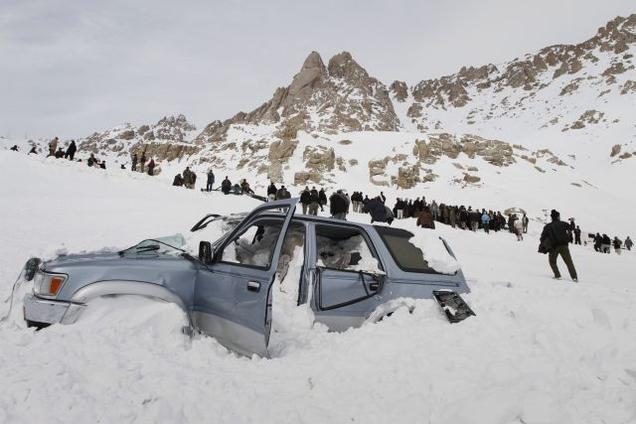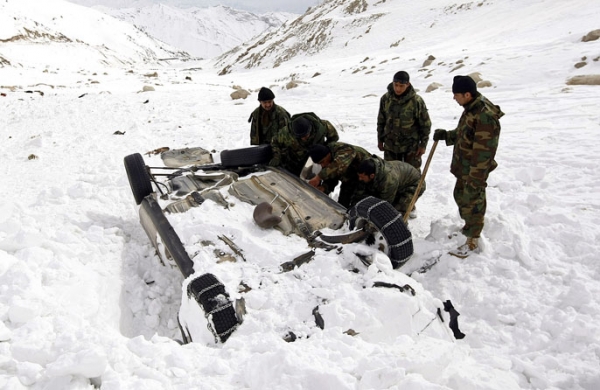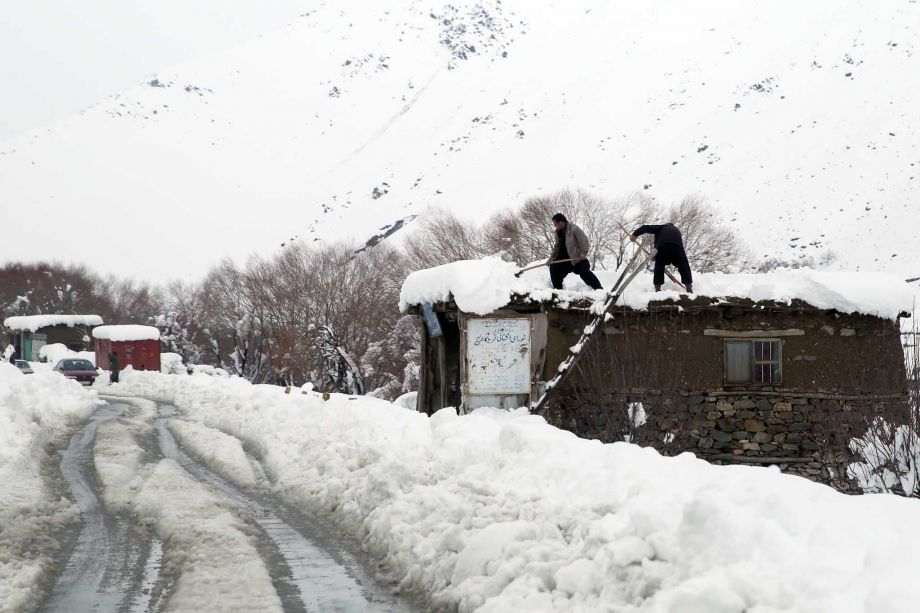Humanitarian Crisis Feared As Afghanistan Avalanches Kills Over 120 People
While deadly avalanches are common in Afghanistan's high mountainous areas in winter, it's the worst in last 30 years.
Avalanches caused by heavy snow have killed at least 124 people in northeastern Afghanistan, the NYT reported. According to local officials the death toll is expected to rise.
Large parts of Afghanistan have been covered in snow as a major storm interrupted an otherwise mild and dry winter.
Image via thehindu.comMost of the victims were in Panjshir province north of Kabul, where two days of heavy snow have blocked main roads and made it difficult for rescue workers to reach the affected villages.
thestar.com.myThe report comes as rescuers clawed through debris with their hands to try to save those who are buried under the snow
The avalanches buried homes across four northeast provinces
Mohammad Aslam Syas, the deputy director of the Afghanistan Natural Disaster Management Authority, gave the death toll. He says some 100 homes were destroyed or damaged in Panjshir province alone. That’s about 100 kilometers (60 miles) northeast of the capital, Kabul.
While deadly avalanches are common in Afghanistan's high mountainous areas in winter, it's the worst in last 30 years
According to officials, so far 31 bodies had been recovered by locals and government workers digging by hand
Afghan clean snow from their rooftops in a village close to an avalanche site in Panjshir province north of Kabul
Image via hdnux.com“We have gathered 300 people to help with the rescue, but we don’t have the equipment we need,” he added. As temperatures plunged well below freezing, workers continued to toil into the night to rescue at least 28 people still believed to be trapped in their houses buried under the snow.
dawn.comAround 30 people were also suffering from frostbite and other injuries after being rescued. The incident has triggered a 'humanitarian crisis'.
Despite the billions of dollars in aid from the international community after the collapse of the Taliban, Afghanistan remains among the world’s poorest nations after decades of conflict.
Rescue efforts after disasters such as avalanches and flash floods, which often hit as snows melt in the spring, are frequently hampered by lack of equipment. Poor infrastructure makes it difficult for rescue teams to reach isolated areas.


